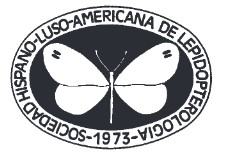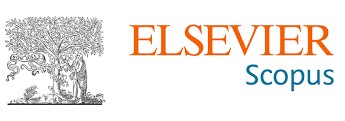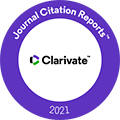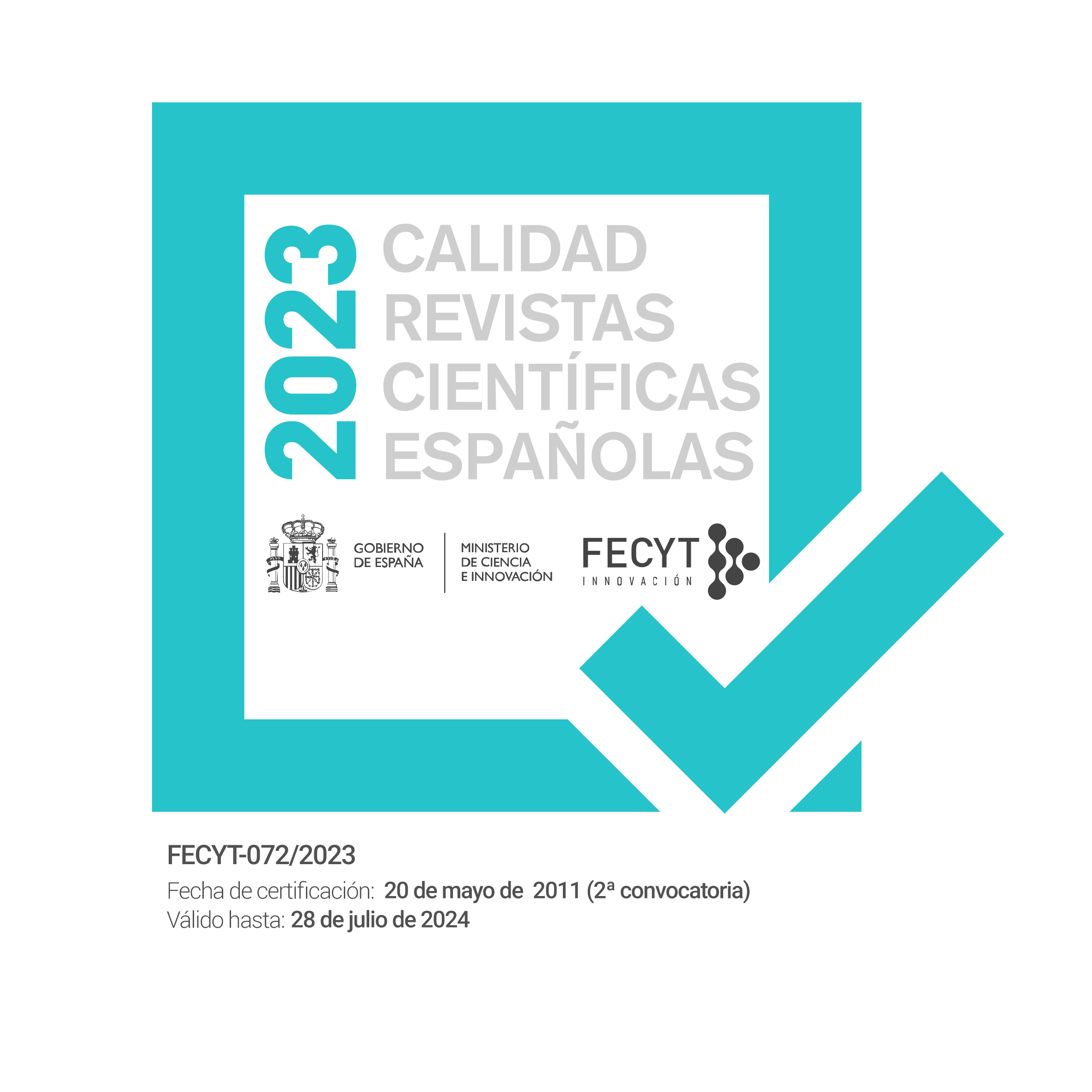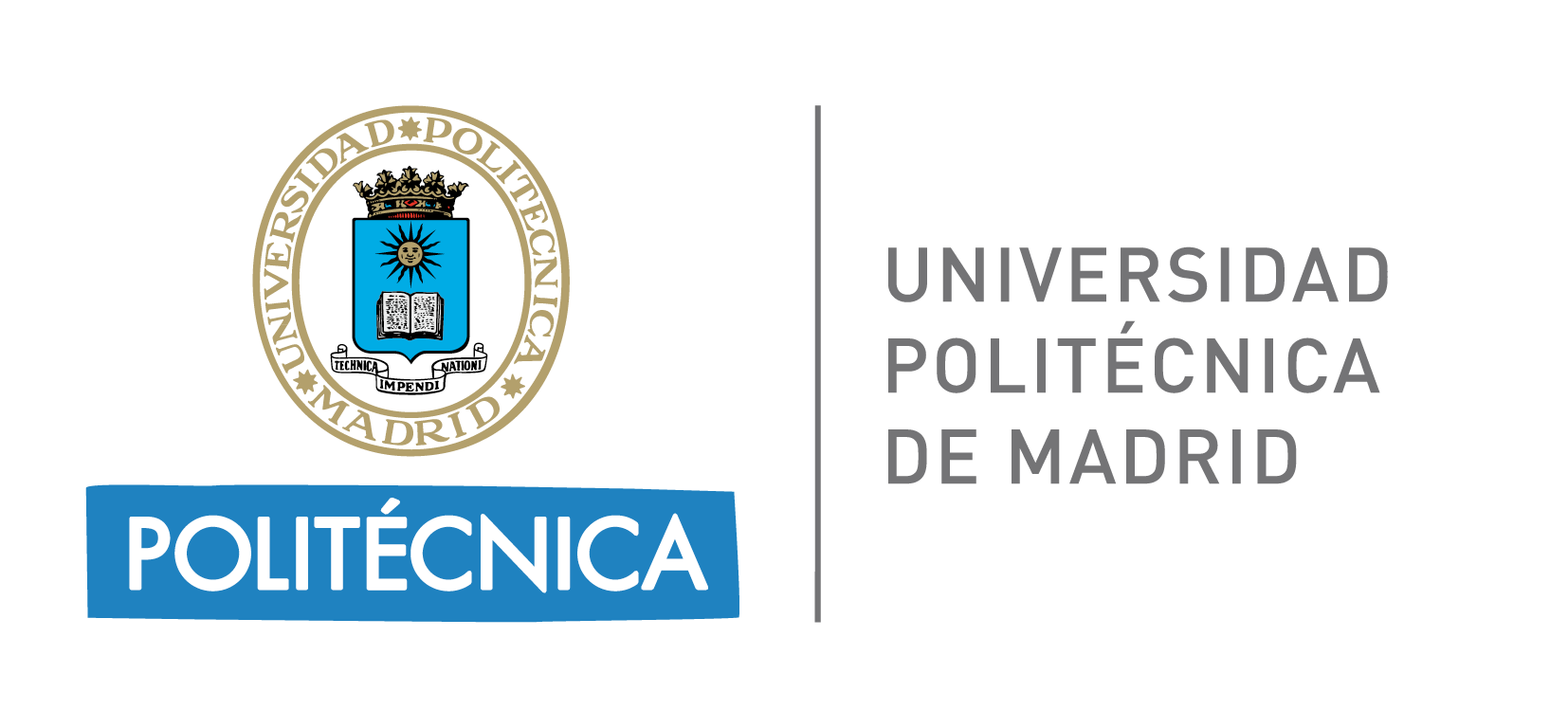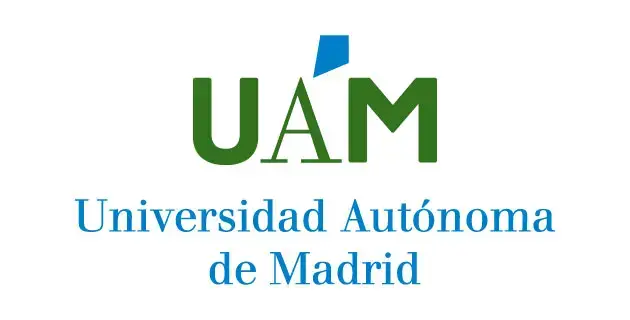Shifting from semi-domestic to indoor rearing Antheraea proylei Jolly, 1970 of oak gives good results in terms of all parameters of its life cycle (Lepidoptera: Saturniidae)
DOI:
https://doi.org/10.57065/shilap.287Keywords:
Lepidoptera, Saturniidae, Antheraea proylei, life cycle, rearing condition, Quercus serrata, PCA, IndiaAbstract
The present study aims to evaluate the influence of controlled conditions of temperature and humidity on rearing and economic parameters of the Antheraea proylei Jolly, 1970. The experiments were carried out at Regional Tasar Research Station, Bhimtal (29º21’18”N 79º33’3”E) during the spring season of three years i. e. 2015-16, 2016-17 and 2017-18. In case of the control/indoor conditions the temperature and humidity were maintained at 25 ± 2ºC and 70-75% respectively, with a photoperiod of 12:12 (L:D) hrs., while the outdoor rearing was completely under natural conditions. It was found that the fecundity of a single female moth was 174.80 ± 7.22 under controlled conditions, whereas it was 148.33 ± 9.05 under natural conditions. The larvae showed significantly better growth and development under the controlled conditions resulting in improved economic traits as compared to outdoor/natural conditions. The larval weight showed significant positive correlation with most of the economic parameters, except total larval duration, peduncle length and silk conversion index. The contribution rates of the first 2 principal components were 65.45% and 18.22%. The study suggests that the rearing of Antheraea proylei if carried out in indoor/controlled conditions gives better results and reduces the cost of cocoon production.
Downloads
Global Statistics ℹ️
|
381
Views
|
245
Downloads
|
|
626
Total
|
|
References
AKSIT, T., CAKMAK, I. & OZER, G., 2007.– Effect of temperature and photoperiod on development and fecundity of an acarophagous ladybird beetle, Stethorus gilvifrons.– Phytoparasitica, 35(4): 357-366. DOI: https://doi.org/10.1007/BF02980698
BABU, K. R., RAMAKRISHNA, S., REDDY, Y. H. K., LAKSHMI, G., NAIDU, N. V., BASHA, S. S. & BHASKAR, M., 2009.– Metabolic alterations and molecular mechanism in silkworm larvae during viral infection: A review.– African Journal of Biotechnology, 8(6): 899-907.
BALE, J. S., 2002.– Insects and low temperatures: From molecular biology to distributions and abundance.– Philosophical Transactions of the Royal Society of London. Series B: Biological Sciences, 357(1423): 849-862. DOI: https://doi.org/10.1098/rstb.2002.1074
BARGALI, K., JOSHI, B. & BARGALI, S., 2014.– Diversity within Oaks.– International Oaks, 25: 57-70.
BAROTT, H. G., 1937.– Effect of temperature, humidity, and other factors on hatch of hens’ eggs and on energy metabolism of chick embryos.– United States Department of Agriculture Washington, D. C. Technical Bulletin, 553: 1-46.
DANKS, H. V., 2000.– Measuring and reporting life-cycle duration in insects and arachnids.– European Journal of Entomology, 97(3): 285-303. https://doi.org/10.14411/eje.2000.046. DOI: https://doi.org/10.14411/eje.2000.046
DAVID, W. A. L., 1975.– The status of viruses pathogenic for insects and mites.– Annual Review of Entomology, 20(1): 97-117. DOI: https://doi.org/10.1146/annurev.en.20.010175.000525
GOEL, D. R. K. & KRISHNA RAO, J. V. K., 2004.– Oak Tasar Culture: Aboriginal of Himalayas: 247 pp. APH Publishing, New Delhi.
HONEK, A., JAROSIK, V. & MARTINKOVA, Z., 2003.– Effect of temperature on development and reproduction in Gastrophysa viridula (Coleoptera: Chrysomelidae).– European Journal of Entomology, 100(2): 295-300. DOI: https://doi.org/10.14411/eje.2003.046
HUGAR, P. & RAO, K J., 2012.– Effect of Temperature and Humidity Combinations on Incubation and Hatching of the Rice Moth, Corcyra cephalonica (Stainton) Egg (Lepidoptera: Galleriidae).– Karnataca Journal of Agricultura Sciences, 3(3-4): 195-199, http://14.139.155.167/test5/index.php/kjas/article/view/6318.
HUSSAIN, M., AHMAD KHAN, S., NAEEM, M. & NASIR, M., 2011.– Effect of Rearing Temperature and Humidity on Fecundity and Fertility of Silkworm, Bombyx mori L. (Lepidoptera: Bombycidae).– Pakistan Journal of Zoology, 43: 979-985.
KAKATI, L. N. & KAKATI, B. T., 2011.– Seasonality of nutrient contents of different leaf types of two primary host plants of Antheraea assamensis Helfer.– The Ecoscan, 1: 262-265.
KOI, S. & DANIELS, J., 2017.– Life History Variations and Seasonal Polyphenism in Eumaeus atala (Lepidoptera: Lycaenidae).– Florida Entomologist, 100(2): 219-229. https://doi.org/10.1653/024.100.0216. DOI: https://doi.org/10.1653/024.100.0216
LIU, Y. H. & TSAI, J. H., 2000.– Effects of temperature on biology and life table parameters of the Asian citrus psyllid, Diaphorina citri Kuwayama (Homoptera: Psyllidae).– Annals of Applied Biology, 137(3): 201-206. https://doi.org/10.1111/j.1744-7348.2000.tb00060.x. DOI: https://doi.org/10.1111/j.1744-7348.2000.tb00060.x
MA, L., WANG, X., LIU, Y., SU, M.-Z. & HUANG, G.-H., 2017.– Temperature effects on development and fecundity of Brachmia macroscopa (Lepidoptera: Gelechiidae).– PLOS ONE, 12(3): e0173065. https://doi.org/10.1371/journal.pone.0173065. DOI: https://doi.org/10.1371/journal.pone.0173065
MAHESHA, H. B., FARSHID, G. K. & THEJASWINI, P. H., 2013.– Analysis of correlation between commercial characters of silkworm Bombyx mori L.– IJBPAS, 2(5): 1071-1082.
NAKAGE, E. S., CARDOZO, J. P., PEREIRA, G. T., QUEIROZ, S. A. & BOLELI, I. C., 2003.– Effect of temperature on incubation period, embryonic mortality, hatch rate, egg water loss and partridge chick weight (Rhynchotus rufescens).– Brazilian Journal of Poultry Science, 5(2): 131-135. https://doi.org/10.1590/S1516-635X2003000200007.
NAVA, D. E., TORRES, M. L. G., RODRIGUES, M. D. L., BENTO, J. M. S. & PARRA, J. R. P., 2007.– Biology of Diaphorina citri (Hem., Psyllidae) on different hosts and at different temperatures.– Journal of Applied Entomology, 131(9-10): 709-715. https://doi.org/10.1111/j.1439-0418.2007.01230.x. DOI: https://doi.org/10.1111/j.1439-0418.2007.01230.x
PANDEY, A. & TAMTA, S., 2012.– Oaks of Central Himalaya: A source of Tasar Silk: 149-152.– In G. C. S. NEGI and P. P. DHYANI Eds. Glimpses of Forestry Research in the Indian Himalayan Region: VI + 179 pp. Bishan Singh Mahendra Pal Singh, Dehradun.
PAYNE, C. C. & MERTENS, P. P., 1983.– Cytoplasmic polyhedrosis viruses; 425-504.– In W. K. JOKLIK. The Reoviridae: XV + 571 pp. Springer Science+Business Media. New York. DOI: https://doi.org/10.1007/978-1-4899-0580-2_9
PERVEZ, A., 2002.– Influence of temperature on age-specific fecundity of the ladybeetle Micraspis discolor (Fabricius).– International Journal of Tropical Insect Science, 22(1): 61-65. DOI: https://doi.org/10.1017/S174275840001506X
PIESIK, D., 2006.– Effects of temperature and photoperiod on the development and survival of the Dock leaf beetle (Gastroidea viridula Deg.).– Electronic Journal of Polish Agricultural Universities. Series Biology, 9(2): http://www.ejpau.media.pl/volume9/issue2/art-27.html.
RAUTELA, P. & KARKI, B., 2015.– Impact of Climate Change on Life and Livelihood of Indigenous People of Higher Himalaya in Uttarakhand, India.– American Journal of Environmental Protection, 3: 112-124. https://doi.org/10.12691/env-3-4-2. DOI: https://doi.org/10.9734/JGEESI/2015/19016
REDDY, R. M., 2010.– Conservation Need of Tropical Tasar Silk Insect, Antheraea mylitta Drury (Lepidoptera: Saturniidae)-Strategics and Impact.– Journal of Entomology, 7(3): 152-159. DOI: https://doi.org/10.3923/je.2010.152.159
RODRIGUES, D. & MOREIRA, G. R. P., 2004.– Seasonal variation in larval host plants and consequences for Heliconius erato (Lepidoptera: Nymphalidae) adult body size.– Austral Ecology, 29(4): 437-445. https://doi.org/10.1111/j.1442-9993.2004.01381.x. DOI: https://doi.org/10.1111/j.1442-9993.2004.01381.x
SAIKIA, P., CHOUDHURY, S., BRAHMA, D., SOUGRAKPAM, N. & DUTTA, K., 2011.– Rearing performance of a population of wild tasar silkmoth, Antheraea frithi M (Lepidoptera: Saturniidae) under in situ outdoor and captive condition.– The Ecoscan, 1: 275-279.
SHARMA, P. & DOBRIYAL, P., 2014.– Climate Change and Agricultural Sector in Uttarakhand.– Journal of Studies in Dynamics and Change, 1(1): 6-14.
TAZIMA, Y., 1978.– The silkworm: An important laboratory tool. X + 307 pp. Kodansha Ltd. Tokyo.
VAN LENTEREN, J. C. & NOLDUS, L. P. J. J., 1990.– Whitefliy-plant relationship behavioural and ecological aspects: 47-89.– In D. GERLING (ed.). Whitefly: their bionomics, pest status and management: XVI + 348 pp. Intercept. Andover.
YOKOYAMA, T., 1963.– Sericulture.– Annual Review of Entomology, 8(1): 287-306. DOI: https://doi.org/10.1146/annurev.en.08.010163.001443
ZHANG, W., CHANG, X.-Q., HOFFMANN, ARYA., ZHANG, S. & MA, C.-S., 2015.– Impact of hot events at different developmental stages of a moth: The closer to adult stage, the less reproductive output.– Scientific Reports, 5: https://doi.org/10.1038/srep10436. DOI: https://doi.org/10.1038/srep10436
ZHANG, Y., 2018.– Determination of Optimal Temperature for Production of Quality Eri Silkworm Cocoon and Seed.– Agricultural Research & Technology: Open Access Journal, 17(3): https://doi.org/10.19080/ARTOAJ.2018.17.556023. DOI: https://doi.org/10.19080/ARTOAJ.2018.17.556023
Published
How to Cite
Issue
Section
License
Copyright (c) 2021 D. K. Mansotra, P. C. Joshi

This work is licensed under a Creative Commons Attribution 4.0 International License.
The author SS retains his trademark and patent rights to any process or procedure within the article.
The author retains the right to share, distribute, perform and publicly communicate the article published in SHILAP Revista de lepidopterología, with initial acknowledgement of its publication in SHILAP Revista de lepidopterología.
The author retains the right to make a subsequent publication of his work, from using the article to publishing it in a book, provided that he indicates its initial publication in SHILAP Revista de lepidopterología.
Each submission to SHILAP Revista de lepidopterología must be accompanied by an acceptance of copyright and acknowledgement of authorship. By accepting them, authors retain copyright of their work and agree that the article, if accepted for publication by SHILAP Revista de lepidopterología, will be licensed for use and distribution under a "Creative Commons Attribution 4.0 International" (CC BY 4.0) licence that allows third parties to share and adapt the content for any purpose giving appropriate credit to the original work.
You may read here the basic information and the legal text of the license. The indication of the CC BY 4.0 License must be expressly stated in this way when necessary.
As of 2022, the content of the print and digital version is licensed under a "Creative Commons Attribution 4.0 International License" (CC BY 4.0), licence that allows third parties to share and adapt the content for any purpose giving appropriate credit to the original work.
Previous content in the journal was published under a traditional copyright licence; however, the archive is available for free access.
When using the contents of SHILAP Revista de lepidopterología published before 2022, including figures, tables or any other material in printed or electronic format belong to the authors of the articles, the authors must obtain the permission of the copyright holder. Legal, financial and criminal liabilities in this respect belong to the author(s).
In application of the Principle of Priority of the International Code of Zoological Nomenclature, no other version than the one published by the publisher may be deposited in repositories, personal websites or similar.





